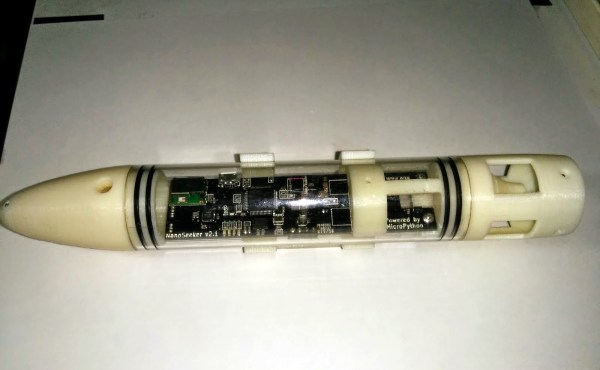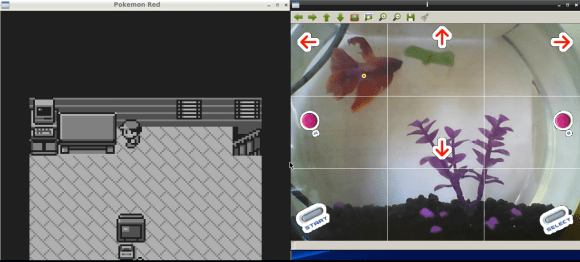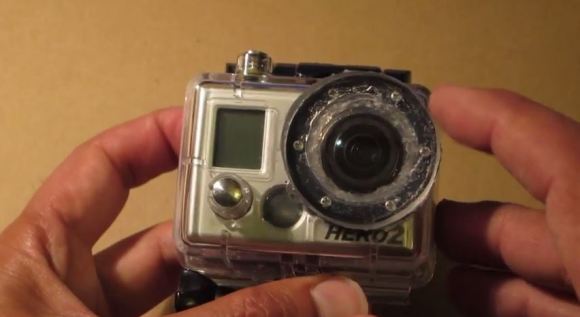Most of us will have spent the idle hours of our youth while sitting in a room where a teacher was standing at the blackboard explaining iambic pentameter or the Diet of Wurms, daydreaming about the amazing exploits we could have created if only we had an Evil Lair stuffed with all the tools our fertile imaginations demanded. [James Bond] would have had nothing on us, our personal [Q] branch would have ensured we would have had the coolest gadgets on the planet.
As grown-ups we have some of the resources to make this a reality, yet somehow we’ve never made good on the dream. We spend our time creating IoT clocks or novelty electronic Christmas ornaments, and Mr. [Bond] still has a monopoly on the really cool stuff. Fortunately [PeterSripol] has struck a blow on our behalf, because he’s created a pair of arm-mounted underwater thrusters (YouTube, embedded below) that should leave [007] feeling definitely a bit [006.5].
The thrusters themselves came from a Kickstarter purchase that he left on the shelf for a while without an application. Then with only a short time before a trip to Hawaii, he set to work to do something with them, and the arm thrusters were the result.
He makes extensive use of components from the world of radio controlled models, with battery packs and speed controllers mounted in a waterproof food container at his belt, and a pair of handheld microswitch controllers. There is an Arduino which presumably produces the PWM signal, and we are treated to an in-depth look at his waterproofing efforts for the various connectors and switches. After a false start with battery polarity and a cracked impeller housing the device works, and we see it in use on a suitably tropical though not quite sun-kissed beach.
The thrusters appear to work very well, and we’d say they look a lot of fun to use. Sadly the exercise is brought to a halt when a control wire is sucked into a propeller, but we’re sure that’s only a minor setback. We’ve posted the video below the break, take a look.
Continue reading “Arm Thrusters, For Underwater Super Powers!”


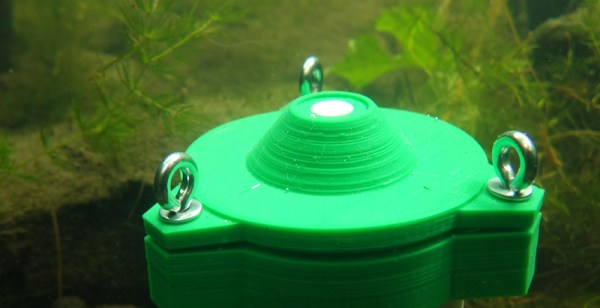




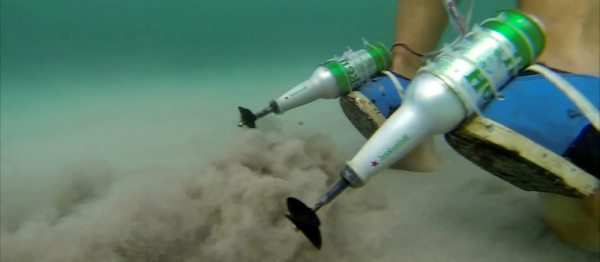

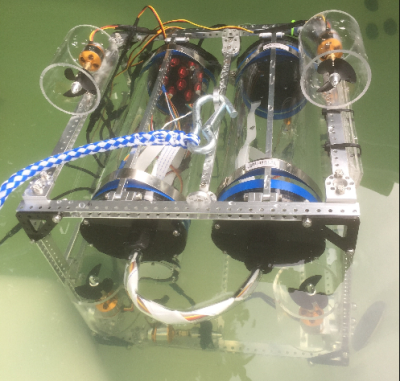
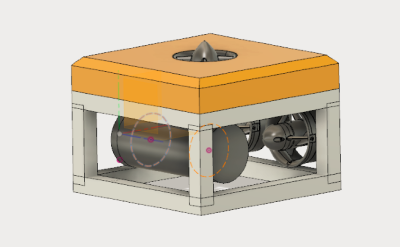
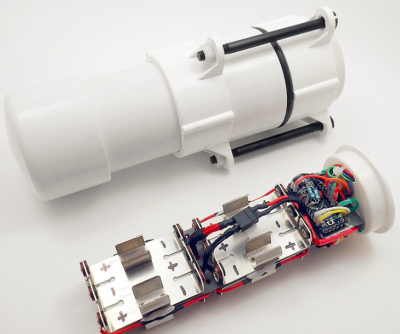 Next up is [Edward Mallon] with
Next up is [Edward Mallon] with 